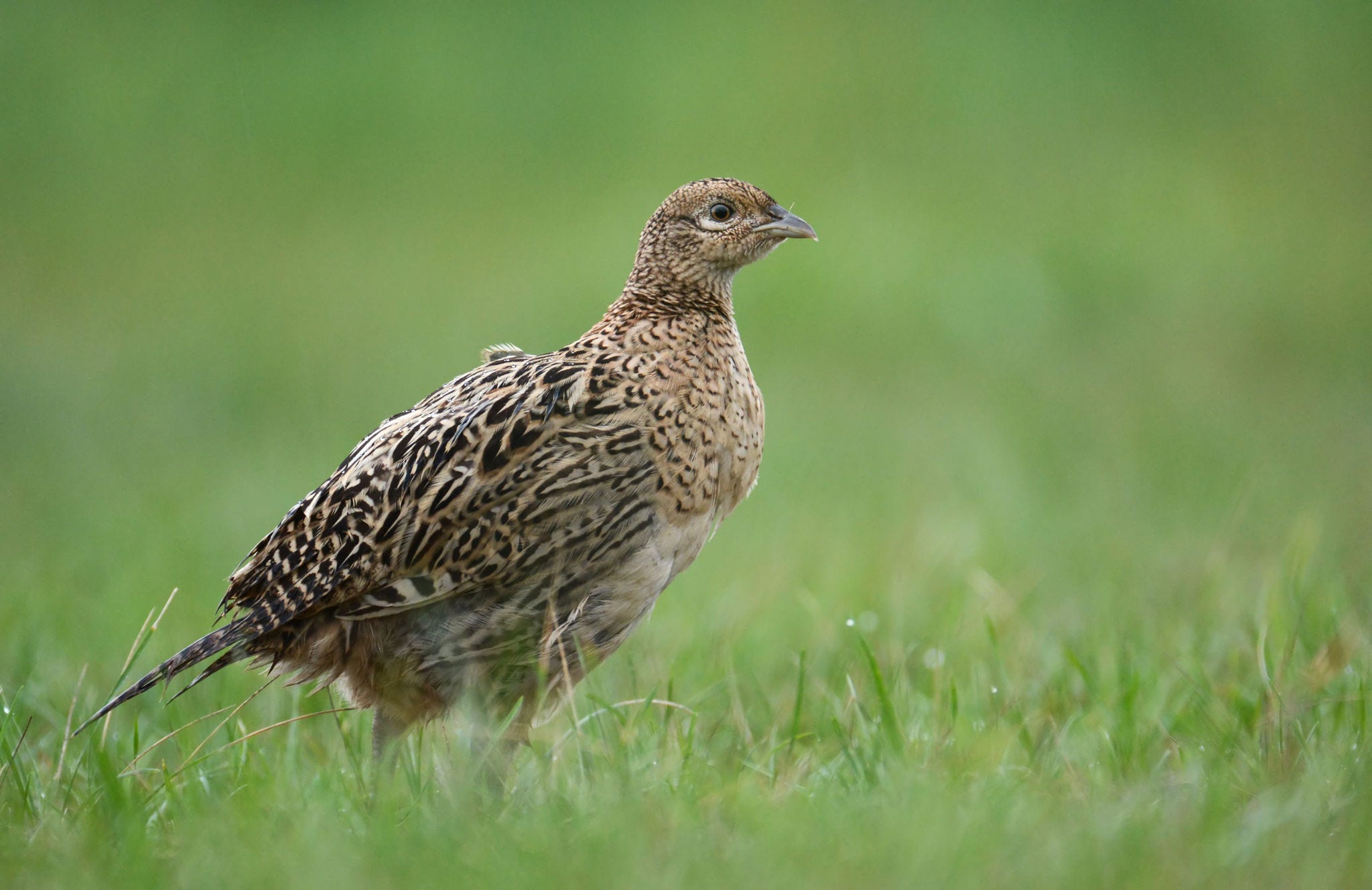The Pensacola Workshop recommended that the OECD Test Guideline 206: Avian Reproduction Test (originally adopted in 1984) be revised as follows: (1) the reproduction test would be a first tier test, i.e. conducted on all chemicals; (2) the test duration should be reduced from the current 20 weeks to eight weeks, i.e. two weeks’ pre-exposure and six weeks’ exposure; (3) the number and selection of test species (Japanese quail and/or Bobwhite vs. Mallard) should be clearly indicated; and (4) the breeding performance of individual breeding pairs pre-dose should be used as a covariate. The Workshop also identified the need for developing egg spraying, short-term exposure, and full breeding cycle tests for particular circumstances.
An ad hoc Expert Group on Avian Reproduction Toxicity was established in 1994. The group worked on the revision of the OECD TG 206 based on the Pensacola’s recommendations. Between 1995 and 2004 the Expert Group on Avian Reproduction Toxicity met several times at the occasion of the SETAC North-America and SETAC-Europe meetings: 1995, 1996, 1997 (April and September), 1999, 2000, and 2004.
In 2000, the WNT assigned an additional task to the group, based on a proposal from the United States: the development of a new Test Guideline for a two-generation study that should include endpoints to analyse possible endocrine disrupting effects in birds.
From 2004, the task of the Expert Group was four-fold: (i) revision of OECD TG 206 (one-generation reproduction test); (ii) development of a new Test Guideline for a two-generation study using the Japanese quail for assessing endocrine disrupter effects; (iii) drafting a Detailed Review Paper (DRP) to support the test design of an avian two-generation toxicity test; and (iv) development of an overarching framework for the avian reproduction testing strategy.
Revision of the avian one-generation test (TG 206)
Efforts to update TG 206 ended on a draft document dated 2001 and a comparison of existing testing data from Japanese and Bobwhite quail conducted in 2001-2002. The main obstacle to an agreement was the number and selection of test species. Considering that the revision of the one-generation test did not have enough support from member countries, and given the competing interest to develop a two-generation test, it was agreed to keep the TG 206 as is, and to focus efforts on the development of a two-generation test with the Japanese quail. In 2005 the WNT agreed to cease the project to revise TG 206.
Development of an avian two-generation test
A first draft Test Guideline for a two-generation study with endpoints for endocrine disrupter assessment was provided by the United States in 2001. A pre-validation exercise was conducted in 2002-2003, and a detailed literature review on avian endocrinology completed, including key issues like test species, exposure scenario and selection of endocrine-related endpoints, in support of the future Test Guideline.
The project remained on the work plan until 2013. Despite efforts to demonstrate the robustness and reproducibility of the test, given the logistical complexity, the numerous sources of possible failure of the test, and the large animal number used in the test to achieve statistical power, countries decided to stop the development of a harmonised OECD Test Guideline in 2014.
DRP on avian two-generation toxicity testing
The first draft Detailed Review Paper for Avian Two-generation Toxicity Test was available in 2003 for review and comment. The final document, consolidated using input provided during the commenting rounds, was published in 2007 (DRP on Avian two-generation testing, Series on Testing and Assessment No. 74).
Avian reproduction testing strategy
In 2004 the Expert Group on Avian Reproduction Toxicity started to develop an overarching framework for the avian reproduction testing strategy. However, there was no support from the WNT and no lead country. The activity was stopped in 2005.


